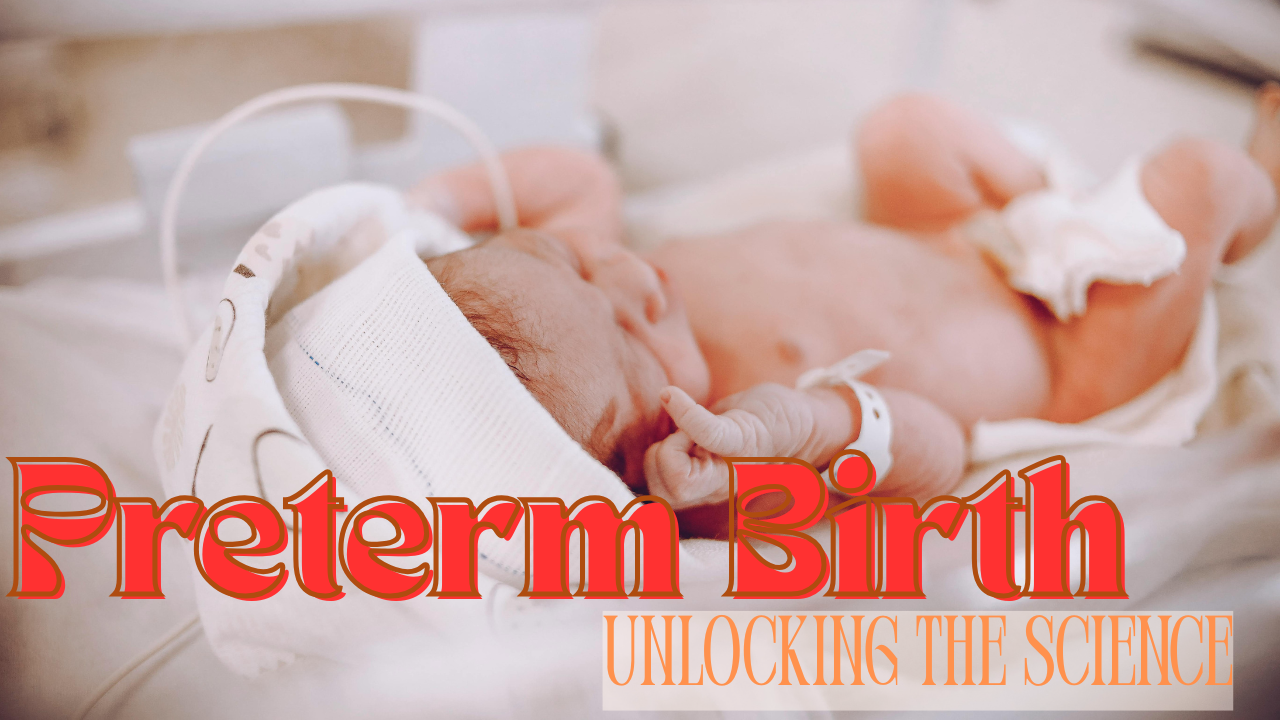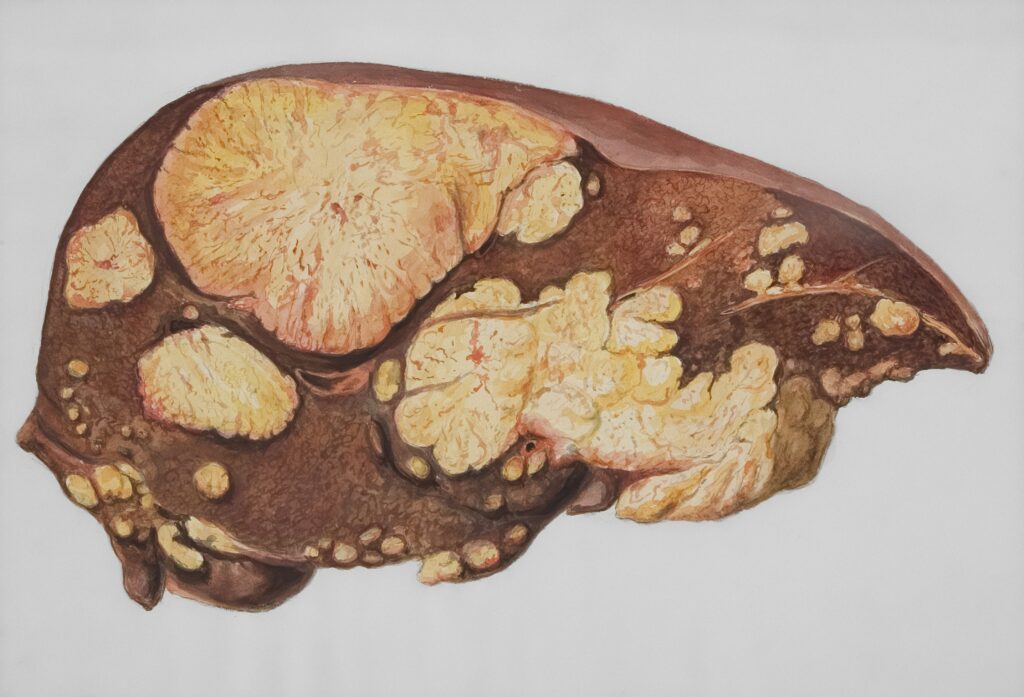
A preterm, premature or “preemie” baby is a baby born too early, or about three weeks before their due date. A full-term pregnancy (fetal development) lasts about 40 weeks. Preterm birth being the second most common reason of neonatal mortality, secondary to congential anomalies, is defined as gestational age of baby less than 37 weeks, having the weight often less than 2500gm.
Types of Preterm Birth:
Deliveries before 37 weeks are considered preterm or premature. Preterm births fall into four categories
Most common causes of Preterm Birth:
Premature births can happen suddenly, with no one cause. Sometimes, providers have to induce (start) labor early for medical reasons. Women can also go into premature labor due to:
- Chronic health conditions, such as diabetes or heart disease. Your healthcare provider will help you manage these and other chronic health conditions during pregnancy.
- Decidual inflammation, decidual haemorrhage.
- Placental conditions like placental abruption or placenta previa.
- Chorioamnionitis, also known as intra-amniotic infection, an infection of the fetal membranes (chorion and amnion) and amniotic fluid, often caused by bacteria..
- Preeclampsia.
- Expecting multiples. About 60% of twins and triplets are born prematurely.
- Problems with the uterus or cervix.
- Vaginal bleeding or infections during pregnancy.
- Using substances like drugs and alcohol or smoking during pregnancy.
However, a large proportion of PTBs have no identifiable cause. These spontaneous PTBs present as pathological inflammation, premature rupture of membranes (PROM), and onset of preterm labor.
👩🍼Do you know the difference between placenta and Decidua?
“The placenta is the entire organ that provides nourishment to the fetus and removes waste, whereas the decidua is the modified maternal lining of the uterus that forms the maternal component of the placenta.”
Risk factors:
Following are the most common risk factors associated with the preterm birth:
Pathogenesis of Preterm Birth:
The pathophysiology of sPTL is complex and multifactorial. Labor is thought to be triggered by the activation of the decidua and fetal membranes, which can occur as a result of intrauterine inflammation, maternal vascular malperfusion of the placenta, uterine overdistension, maternal or fetal stress, and/or breakdown of maternal-fetal tolerance.
The process of spontaneous preterm labor sPTL may develop acutely or take several weeks before the onset of labor pain.
Decidual activation, appears to arise commonly in intrauterine infection or bleeding.
💡”Decidual activation is the process where the maternal uterine lining (decidua) becomes responsive to signals that trigger labor and delivery. This initiation involves changes in the decidua, such as increased production of prostaglandins (like PGF2α), which endorse uterine contractions and play a significant role in the inflammatory response associated with labor. It is also characterized by the activation of immune cells, including uterine natural killer cells.”
Bacterial infection- As a Stimulator of Preterm Birth:
Bacteria from the vagina can bind to toll-like receptors on the cervix, placenta, and fetal membranes, provoking an inflammatory response. In addition to enhancing prostaglandin production, interleukin 1β and tumor necrosis factor (TNF), it also stimulate matrix metalloproteinases, which degrade the extracellular matrix (ECM) of the cervix and membranes.
This degradation of ECM leads to an influx of inflammatory cells into the cervical stroma that also releases cytokines and prostaglandins further stimulating structural changes in the cervical collagen and glycosaminoglycans. These changes ultimately lead to cervical dilation and membrane rupture.
The degradation of ECM can be assessed by evaluating the cervicovaginal secretions for fetal fibronectin- a protein that acts a glue and aid in attachment of amniotic sac to the uterus. If this protein shows up too early (between weeks 22 and 35), via ELISA analysis for which the sample is taken physically from cervical or vaginal fluid, as it is found in cervicovaginal area, it may be a sign that the body is starting to break down the structures that hold the pregnancy in place like the extracellular matrix (ECM), which gives strength and support to the tissues. This breakdown can increase the risk of preterm birth.
Inflammation as a stimulator of Preterm Labour (Green & Arck, 2020)
Immunologic imbalance-As a Stimulator of Preterm Birth:
In patients with no infection and intact membranes, abnormalities in the maternal and fetal immunologic response to pregnancy can also initiate sterile inflammation characterized by elevated levels of pro-inflammatory cytokines in the amniotic fluid. Although the fundamental pathophysiology varies from the inflammation associated with intraamniotic infections, the molecular pathways ultimately lead to similar clinical outcomes
A brief overview of maternal immune adaptation during normally progressing pregnancies:
Paternal Antigen:
The necessity for feto-maternal immune tolerance arises from the expression of paternal antigens on fetal tissues. The maternal immune system identifies and responds to these fetal/paternal antigens firstly at coitus, when the reproductive tract comes into contact with seminal fluid, followed by unceasing paternal antigen contact throughout pregnancy upon the invasion of fetal trophoblast cells into the endometrium.
Implantation & Immune Adaptation:
Notably, the process of implantation itself is an inflammatory process, during which cytokines, chemokines, and prostaglandins contained in seminal fluid provoke pro-inflammatory cytokine production and leukocyte recruitment within the uterus.
Around the time of implantation, this inflammation needs to be resolved along with the development of tolerogenic environment. Numerous mechanisms are mounted in the induction of such tolerogenic environment, including:
- The release of anti-inflammatory molecules such as TGFβ
- Induction of specialized, anti-inflammatory T cells known as CD4+FOXP3+regulatory T (Treg) cells, which compel anti-fetal inflammatory immune responses.
CSF-1 and IL-10:
Placental cells also contribute to the generation of a tolerogenic environment through trophoblast-derived colony-stimulating factor (CSF)1 (formerly M-CSF) & interleukin (IL)10, which induces decidual macrophages with a regulatory “M2” phenotype, expands functionally suppressive CD4+FOXP3+ Treg cells, and limits activation of T helper (Th)1-, Th17-, and Th2-cytokine-producing Teff cells.
Failure of Immune Adaptation:
As the maternal immune adaptation plays a significant role in the processes sustaining pregnancy success throughout the entire period of gestation, poor immune adaptation from the outset/start of pregnancy along with the failure to mount immune tolerance or to inhibit excessive inflammation could be implicated in the cause of preterm birth .This theory extends the possibility that early immune perturbations can have a lasting, detrimental effect on the pregnancy
Maternal & Fetal stress- As a stimulator of Preterm Birth:
Furthermore, fetal, and to a lesser extent maternal, stress can provoke the release of placental corticotropin-releasing hormone (CRH). Along with stimulating the cortisol production in the pregnant person and fetus, placental CRH also induce the secretion of prostaglandins from the amniochorion and decidua. Prostaglandins then trigger the uterine contractions and cervical ripening. Oxytocin also release from the posterior pituitary gland, intensifying the myometrial contractions that cause labor to progress.
The role of maternal progesterone in PTB:
Hormone levels have also been extensively studied in order to understand the pathogenesis of PTB. Adequate progesterone levels are known to be essential for the establishment and progression of normal pregnancy. Hence, it is not surprising that labor is associated with progesterone withdrawal.
Progesterone is also known as a strong immunomodulator, it induces stable Treg cells, arrests DC in a tolerogenic state, and suppresses inflammatory responses. Thus, progesterone signalling withdrawal may therefore be one mechanism of immune modulation leading to PTB.
Myometrial and decidual clocks in PTB:
During pregnancy, hormones like progesterone and estrogen help keep the uterus (myometrium) calm and relaxed, preventing early contractions. This state, called myometrial quiescence, begins early in pregnancy and continues until labor. At the time of birth, a drop in progesterone leads the uterus to switch from a quiet state to an active, contractile one to start labor. But this quiet state isn’t just about the uterus—another important part, the decidua (the special layer lining the uterus during pregnancy), also plays a key role in maintaining peace between the mother’s body and the baby. The decidua has a kind of biological “clock” that helps control the timing of birth.
In early pregnancy, decidual stromal cells (DSCs) actively silence many genes using epigenetic mechanisms—specifically by placing a repressive mark called H3K27me3 on genes linked to inflammation and immune response. This creates a calm, anti-inflammatory environment that helps the mother’s body tolerate the baby and avoid immune rejection. Over time, this protective state weakens, allowing inflammation to rise naturally and eventually trigger labor. Throughout the entire pregnancy, progesterone signalling is essential for maintaining this quiet and supportive environment, until it’s time for delivery.
Fetal-placental and vaginal microbiomes in PTB:
It has been suggested that the insufficient vaginal microbiome also plays an important role in the regulation of preterm birth. Some studies reveals that preconception administration of antibiotics to women with previous preterm delivery did not reduce preterm birth rate rather found to be associated with earlier delivery and decreased birth weight, implicating that complex host-microbiome dynamics from the outset of pregnancy are likely essential for optimal pregnancy success.
16S rRNA sequencing and culture of bacterial species isolated from the female reproductive tract revealed microbial communities in the cervix, uterus, fallopian tubes, and peritoneal fluid that were diverse and distinct compared with the vagina and cervix, which were Lactobacillus dominated
Examination of microbiota from the endometrial fluid of infertile women undergoing in vitro fertilization (IVF) revealed an association between non-Lactobacillus-dominated endometrial microbiota and decreases in implantation, pregnancy, and live birth rates.
Microorganisms similar to the vaginal microbiota can also be isolated from the placenta. However, some scholars have rejected this concept, suggesting that the contaminants were responsible for the detection of most bacterial species in the placenta.
So, there is still debate as to whether the uterus and placenta nurture a microbiome or not. Further studies are required to draw a conclusion regarding this.
New born complications:
Some of the most common health conditions that affect premature babies are:
Complication that could arise during childhood phase includes:
- Cerebral palsy.
- Hearing and vision problems.
- Learning disabilities.
- Poor growth.
- Problems with communication or social development.
Diagnosis:
The diagnosis involves the general assessment of all the above mentioned risk factors along with the evaluation of preterm birth via following ways:
- Cervical Diameter:
The American College of Obstetricians and Gynecologists (ACOG) states that preterm labor can be diagnosed in patients with regular contractions and cervical dilation of at least 2 cm before 37 weeks EGA, while the international guidelines from the World Association of Perinatal Medicine and the Perinatal Medicine Foundation (WAPM-PMF) recommend using a cutoff of at least 3 cm to diagnose spontaneous preterm labor (sPTL).
- Fetal Fibronectin Test:
The Fetal Fibronectin (fFN) test checks for a protein (Fibronectin) found in cervicovaginal area. A positive result between 22–35 weeks may indicate an increased risk of preterm labor
- Infection Screening:
Infections of the urinary tract, amniotic fluid, or cervix can increase preterm birth risk. Lab tests help identify and treat these early.
Sign to get Alert!:
Patient should immediately see their physician, if they observe any of the following signs of preterm birth:
- Irregular vaginal discharge (like leaking amniotic fluid) or bleeding.
- Contractions or cramping, with or without diarrhea.
- Ongoing pain in your lower back.
- Pressure in your pelvis or abdomen.
- Your “water breaks.”
Management of Preterm Birth:
Following treatment options could be opt to delay the onset of labor and to prevent the complications associated with the preterm birth.
References:
Cleveland Clinic. (n.d.). Premature birth. Cleveland Clinic. Retrieved August 6, 2025, from https://my.clevelandclinic.org/health/diseases/21479‑premature‑birth
Jenkins, S. M., & Mikes, B. A. (2025, February 8). Preterm labor. In StatPearls. StatPearls Publishing. Retrieved August 6, 2025, from https://www.ncbi.nlm.nih.gov/books/NBK536939/
Green, E. S., & Arck, P. C. (2020). Pathogenesis of preterm birth: Bidirectional inflammation in mother and fetus. Frontiers in Immunology, 11, Article 1660. https://doi.org/10.3389/fimmu.2020.01660
Disclaimer:
This content is for informational purposes only and is not intended to serve as medical advice, diagnosis, or treatment. Always seek the guidance of your physician or other qualified health provider with any questions you may have regarding a medical condition or treatment.






